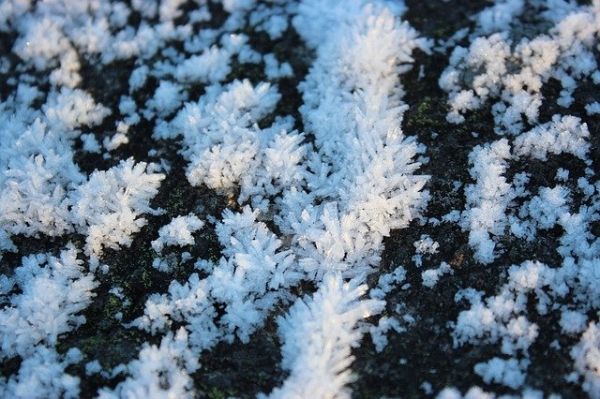It’s important to understand the mechanisms of the responses of F-T periods to climate change and their relationship with respiration.
Most previous studies are based on wet, ice-rich arctic soils. However, the Tibetan permafrost has a thin, ice-poor organic layer, which may increase thermal conduction from the air to the deep permafrost, thus the semi-arid alpine permafrost may respond differently.
Based on two-year observation data of the warming (four levels) and precipitation addition platform in Naqu, Prof. WANG Shiping's group from the Institute of Tibetan Plateau Research (ITP) of the Chinese Academy of Sciences investigated how the discontinuous alpine permafrost will response to warming and precipitation addition, and how these changes will affect the annual ecosystem respiration. The underlying surface of the alpine permafrost is semi-arid meadow.
Continue reading at Chinese Academy of Sciences
Image via Pixabay, CC0 Creative Commons


